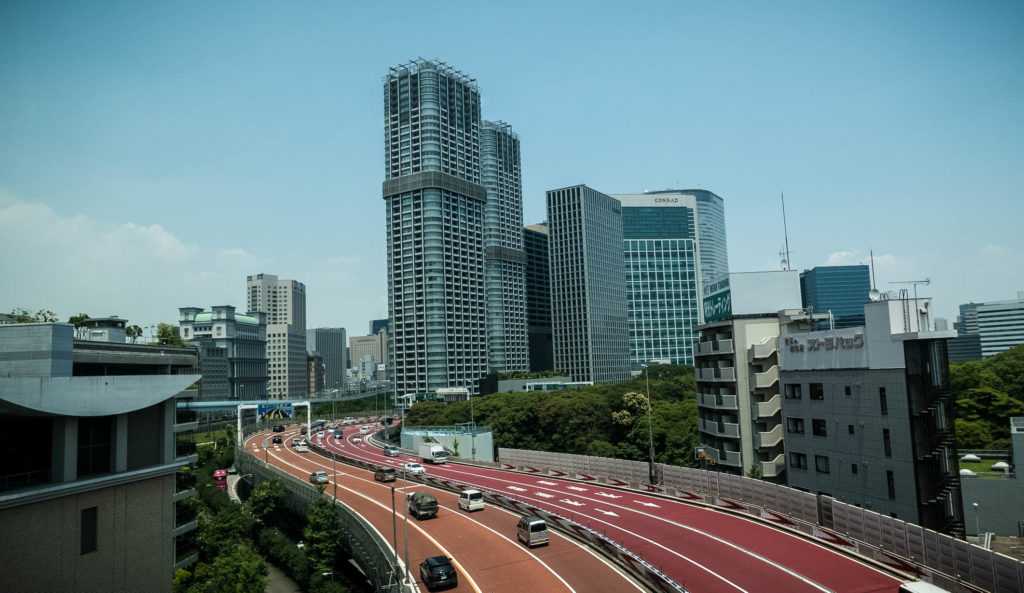This is not the most glamorous title one can expect as image processing after a photo session is often a pain at its worst, a necessity at least. It is something photographers don’t like much to talk about. They prefer to discuss how to enhance their images. Fair enough. But execution is key, and it is not because it is boring that it is not important !
So, even before going to the processing itself, meaning classifying images in categories (Best, to be archived, to be deleted, …), enhancing the best with ad-hoc software (photoshop, lightroom, Capture One, whatever, …), there are some steps which are all uninteresting, time consuming. In particular:
- If you shoot RAW + JPG, you need to find out what to do with either the RAW or the JPG,
- If you shoot time lapse and manually compose them (with software like LR Time Lapse),
- If you shoot Panoramas that you want to also manually compose,
- If you don’t like, like me, storing dozens of similar images, you must delete first duplicates,
- If you don’t accept some images because of their exposure, grain, or other technical issue,
- If you shoot both Videos and still images (both will require usually dedicated workflows),
- … and much more.
I am still surprised to see these steps have not been automated, or very partially and certainly not in an integrated way to let photographers with different need improve their productivity, but also be supported by modern technologies to help them choosing maybe not the best image, but at least to automate the files move/deletion or just to fasten these different steps whilst making them more efficient. For example, I am not aware of a tool which would help to detect which images are part of a panorama. Many software exists to let you assemble a panorama but when you shoot thousands of images, it is not so trivial to detect panorama members, from below average images.
Another example will be for the time lapses. Hundred or thousands of images with some of them part of time lapse, other not, can be tricky to detect and at least, it will take some time to sort out the whole set of images.
Last and not least, I understand the “one stop shop approach”. That’s the holy grail in software and what Lightroom (or its direct competitors) tries to achieve for most of photographers. But I am not convinced as needs can be antagonistic and one stop shop means “compromise”. This means I would rather, maybe naively, believe in long-term trends to have software working together and not just one doing everything. My point? There is still room in 2019 for new software when it comes to the image’s workflow.

Pingback: Why Futura Photo ? – Tristan Romain
Pingback: How AI can help the culling of similar images right after the photoshoot – Tristan Romain Renaud